Term of Use

General Terms of Use of Polyester Slings
- Make sure that the weight of the load to be lifted is suitable for the lifting capacity of the sling.
- The weight and center of gravity of the load to be lifted must be determined.
- During use, the slings should not be rubbed against sharp and rough surfaces, dragged on the ground, stepped on, or driven over.
- Make sure the label is legible and not torn.
- The slings should be secured to carry the load at their full width.
- It is ABSOLUTELY essential that the hook of the crane is perpendicular to the center of gravity.
- In cases where slings are worn out, deformed, cut, burnt, or in contact with chemicals, they MUST NOT be used.
- Under no circumstances should the sling seams be aligned with the hook area or other lifting devices.
- Slings with knots bends, or repairs should NEVER be used.
- The angle between the sling and the horizontal during lifting is very important. The larger the angle, the lower the lifting capacity of the sling.
- The thickness of the sling should be checked. Great attention should be paid to the carrying surface of the sling. If the material to be carried has rough, sandy, sharp, etc. surfaces, it should be kept in mind that it will have a sanding effect on the surface of the sling while carrying the products.
- When using multi-arm slings, the ends of the sling arms must be connected to the same ring, and care must be taken to ensure that the sling arms are at an appropriate distance.
- If more than one sling is to be used in applications where one sling is not sufficient for lifting the load, care must be taken to ensure that the raw materials are the same. NEVER lift loads with slings of different characteristics. It is dangerous in terms of work safety.
- When using more than one sling during lifting, it must be checked whether the slings lift the load evenly and its balance.
- Avoid sudden swinging and jerking movements at all times.
- Never stand under a load when it is being lifted or lowered.
- The load should never be left on the sling for a long time.
- The load should not be slid on the sling when lifting it.
- No one should be present in the work area when lifting the load with the sling.
- Polyester slings should not be used or stored in places where chemical substances or vapors are present.
- Polyester slings also change color when exposed to sunlight, high temperatures, or chemicals.
- When wet, slings should be air-dried naturally, and when dirty, they should be washed and stored dry. Wet slings should be hung in a place to dry by air effect, and should not be dried in a drying machine or under direct sunlight.
- If necessary storage conditions are provided, their shelf life should not exceed 5 years.
- The production date of ropes must be checked before use.
- Slings must be allowed to breathe. They should not be exposed to sunlight (ultraviolet radiation)
- Slings should be kept away from flammable materials and high-temperature environments.
Production

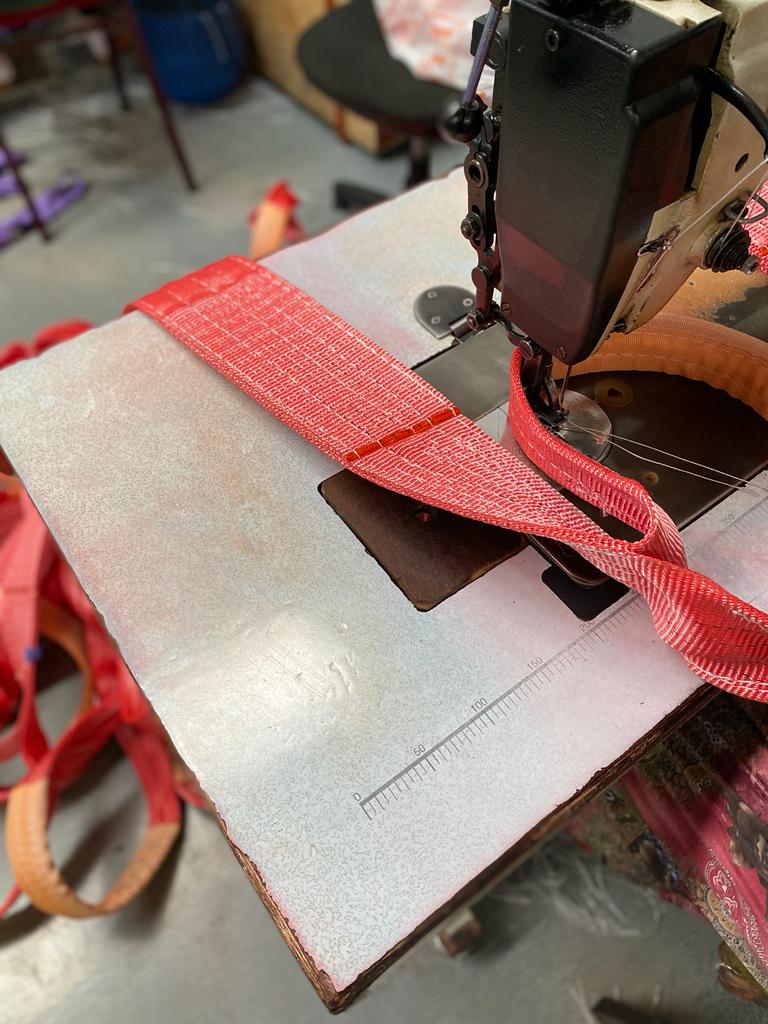



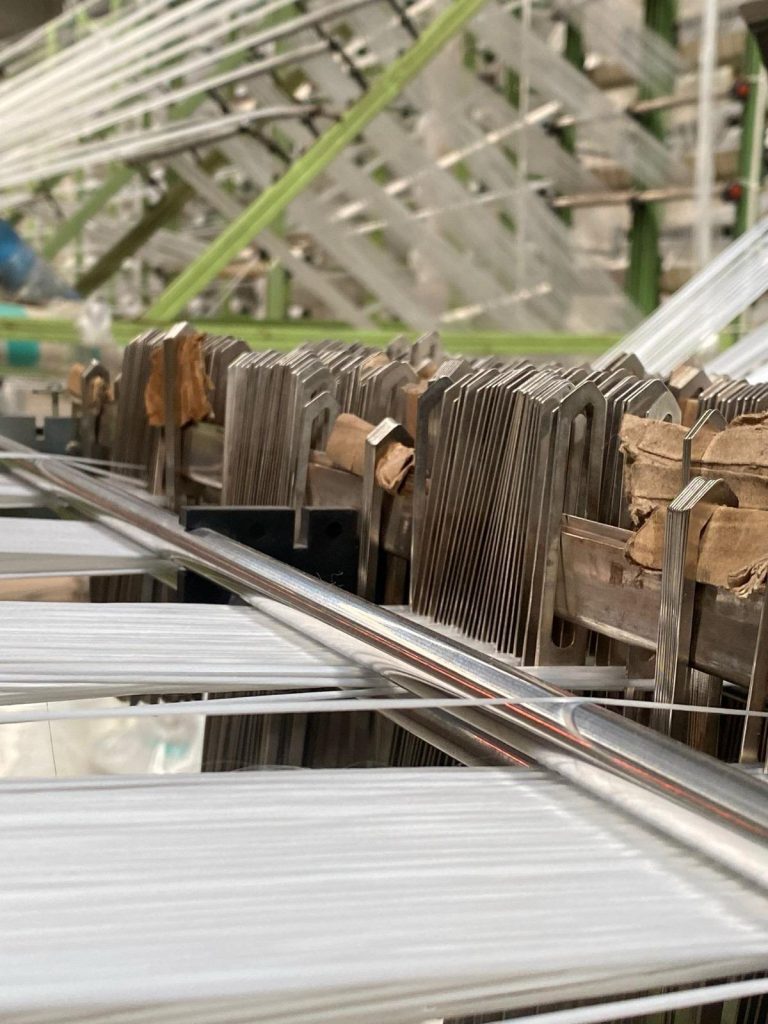
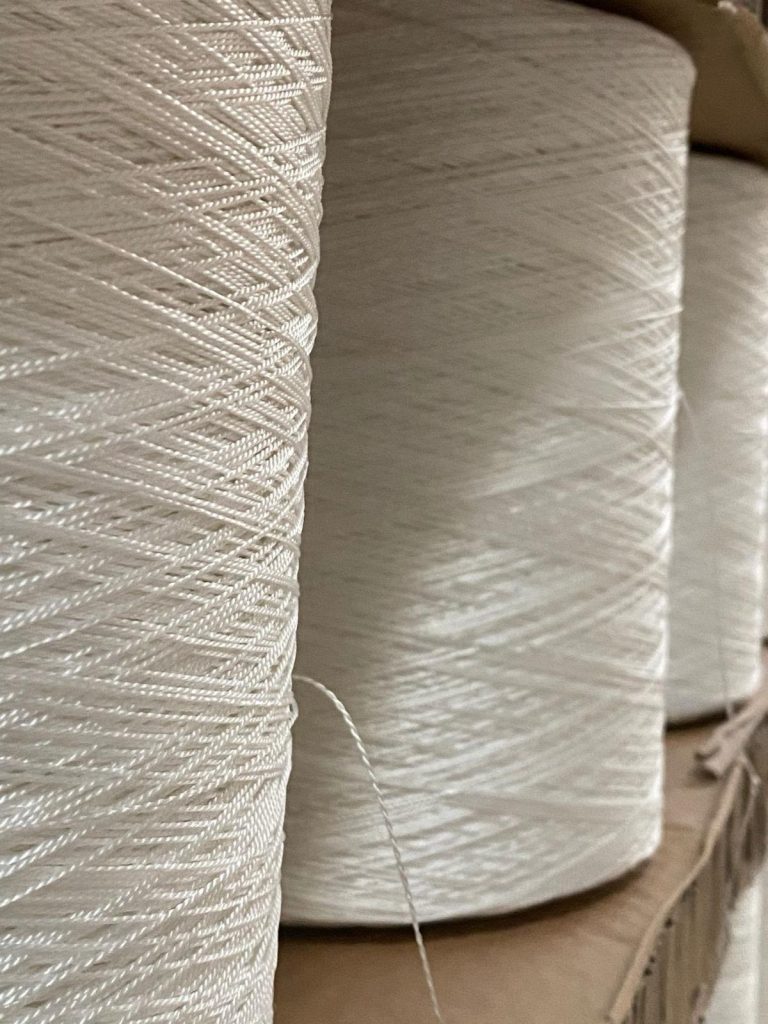
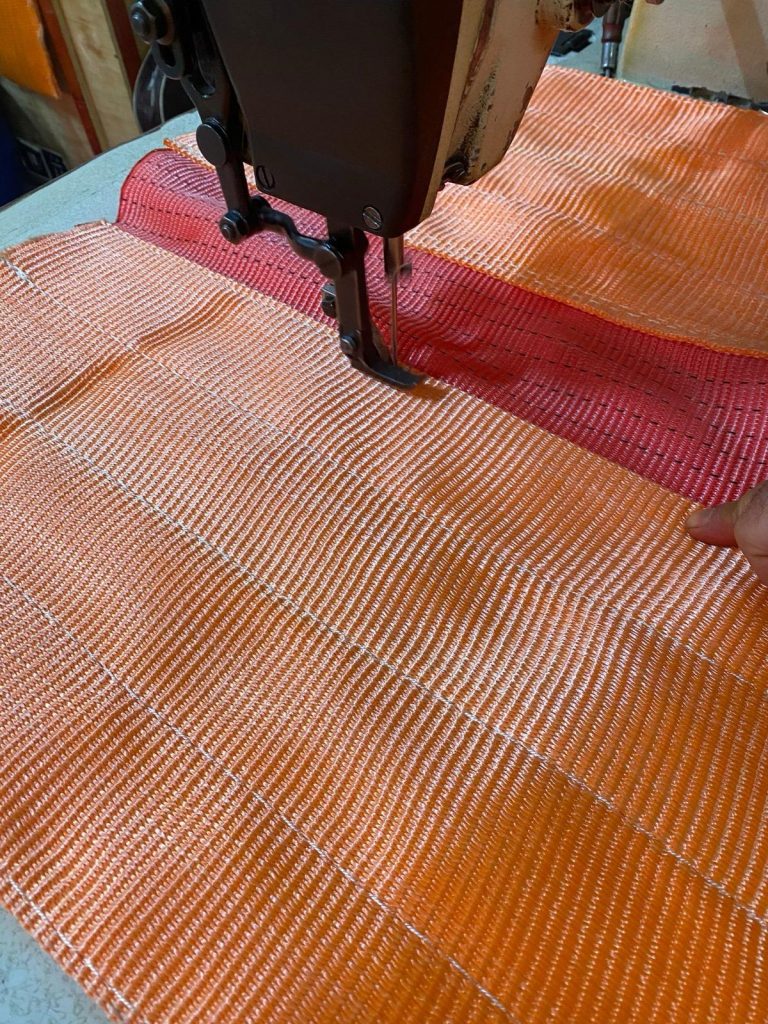


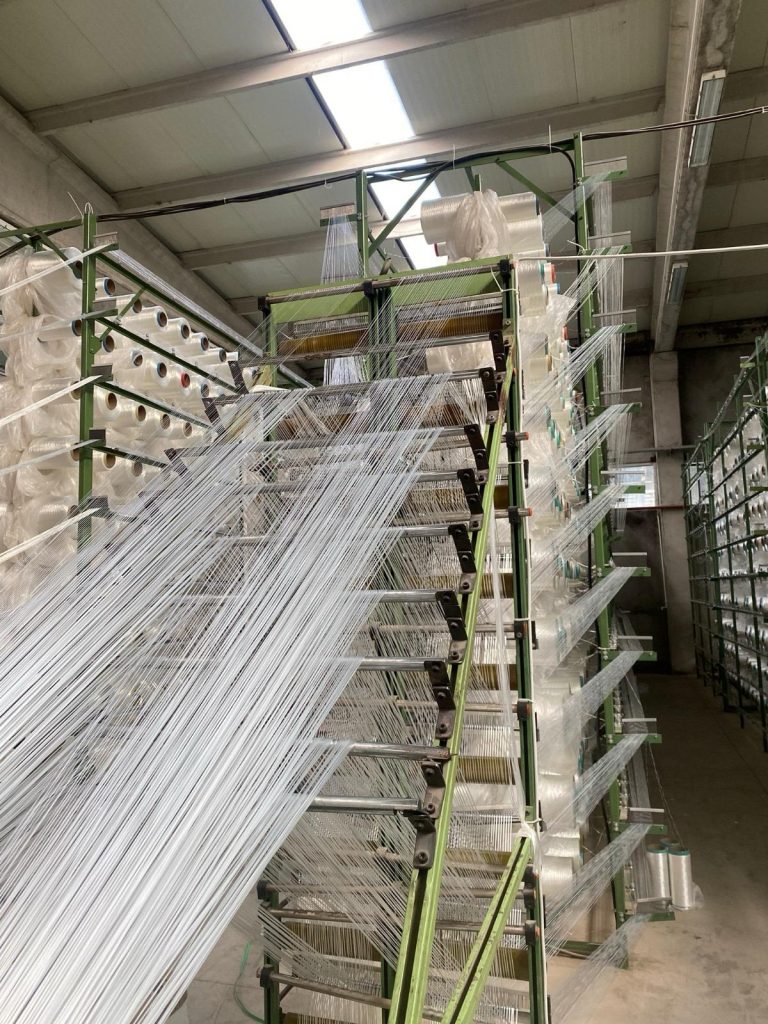


Previous image
Next image
Polyester Sling And Types
Strong, secure, traceless.
